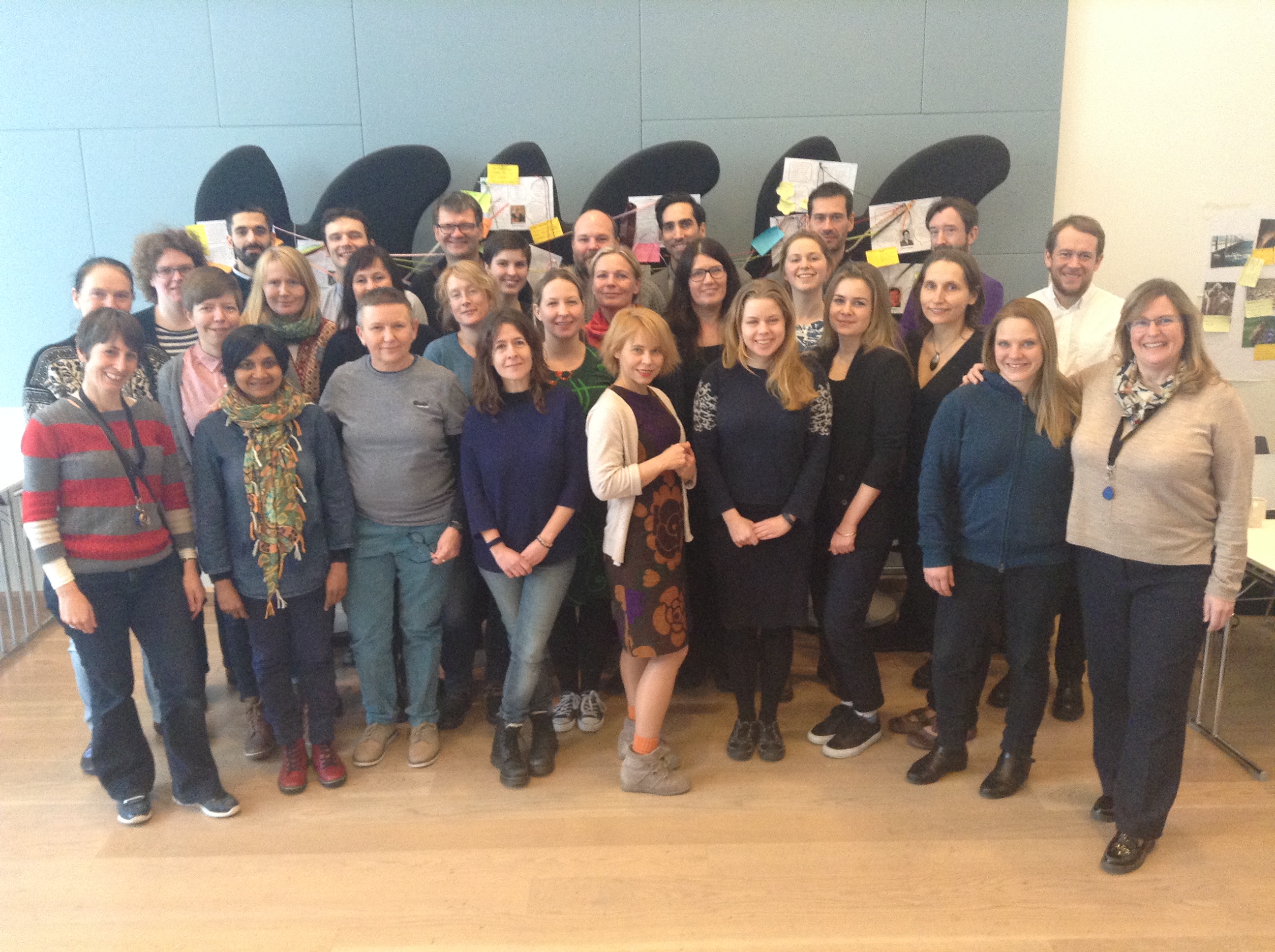The term facilitator is used to describe people who may be doing very different roles. This confusion can mean that expectations are not met, and people find group processes frustrating. Our team of facilitators are experts in process facilitation, and sometimes we might facilitate some training but although the two things are similiar…they are not interchangeable roles at all.
Facilitative Training
Many clients seem to prefer the word facilitator to trainer and this can be confusing. We use the term “facilitative trainer” to describe situations where there is prepared content for the session and the trainer is using methods that are “facilitative”. This could involve participants working in groups on learning activities and will usually involve discussion sessions in the whole group that are facilitated so they keep on time and the task. There will usually be theoretical content, delivered in an interesting and engaging way so that participants can use the learning outside the workshop format in their working lives.
In a training session the participants will expect by the end of the workshop to have learnt something new and to have been taken through materials which have been designed in advance eg slides and handouts. The learning could be related to the development of skills in leadership, diversity or learning how to solve problems.
Process Facilitation
By contrast a process facilitator has no theoretical content that they are expected to cover. They will work instead with a road map for the workshop. There will be a clear destination defined and the group will work together to find the best way to reach that destination. The facilitator will design structures to encourage participants to talk to each other, to reach consensus, to avoid group think and to make action plans together.
If a process facilitator was tasked to facilitate a leadership session the destination might be about making real tangible change in the leadership style in the organisation, however the facilitator will not defined what that change will be like, this is defined by the participants who will be supported to come to a consensus about leadership style. They could create a shared vision for leadership in the organisation and from this identify what needs to stop/start/continue happening so they can achieve this vision.
The facilitator will ask questions and suggest structures to help the group to share views and make some decisions, but they will not offer “models of Leadership” or present any theoretical overviews of Leadership approaches. The focus of the work is about how to create a change in the organisation and its leadership and the people in the group are the right people to make this change.
Not Better: Just Different
Process facilitation is different to training. Both facilitators and trainers focus on outcomes that are agreed in advance with clients. Both will design activities that will engage the participants in the outcomes. The difference is in the type of outcomes –process facilitators work with the group to achieve progress on an agreed challenge. The facilitative trainer is working towards outcomes that will help people to learn about the topic so they can choose to change their approach in the future.
| Process Facilitation Outcomes | Training Outcomes |
| Agree on the focus areas for the next 6 months for the project team | Understand the importance of setting project targets and reviewing these |
| Create a draft of the 2025 team strategy | Explore different methods for writing team strategies |
| Make connections with potential collaborators for ongoing projects | Develop networking skills and reflect on techniques to build collaborative relationships |
If you want to have a chat with us about whether a process facilitator or a facilitative trainer is best suited to your needs just get in contact with us and we can explore what is best for you.









